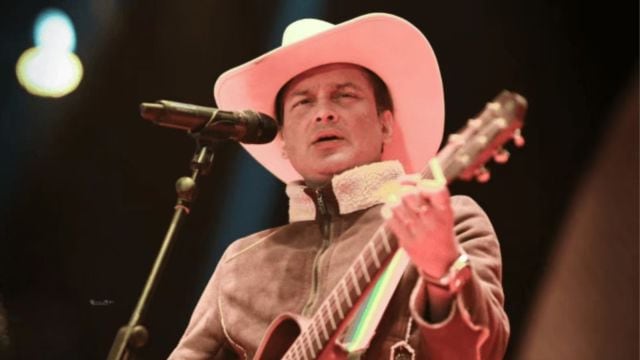
Written by Anuradha Bose
When a beloved artist dies, something larger than an individual life is lost. It ruptures the cultural imagination and emotional fabric of a community, raising questions of a collective sense of identity, belonging, and meaning-making. Mourning such icons is not just about confronting loss, but engaging with a deeper social process of remembering, public imagining, and asserting who we are. We see it in the collective mourning for artist and social activist Zubeen Garg, who died on September 19. His death has unsettled the Assamese imagination and ignited mourning that feels intensely personal yet collective. Zubeen was not merely a musician — he was integral to the everyday lives and longings of Assam, someone who brought to life the many facets of their imaginings, hardships and joys.
Why does the death of some public figures provoke such intense public responses, widespread suspicion and mass mobilisation, while others pass with silent dignity? The answer lies beyond fame alone. Certain figures come to embody larger narratives of cultural assertion, regional pride, or social belonging. When such a figure passes away, grief is no longer private; it becomes a communal site of contestation and meaning-making.
This can be understood through Emile Durkheim’s concept of collective effervescence: There is a surge of intense energy that arises when communities come together around a shared sense of loss; mourning becomes a social ritual where individual sorrow fuses into a collective affirmation of identity and belonging, reaffirming social bonds. Through these rituals, communities reimagine themselves in the wake of loss, articulating a cultural memory that memorialises both the artist and what they represent. They are not just grieving the person, they are also asking: Who are we without them? What has been lost beyond the person?
Public grief, especially in a country like India where regional and cultural identities are deeply cherished, often becomes a site for expressing anxieties that may otherwise remain unspoken. In the case of Rajput, for instance, the mourning quickly got entangled with questions of fairness, insider-outsider politics in Bollywood, and even larger narratives of institutional failure. A similar pattern is emerging in the wake of Garg’s death. The collective reactions, ranging from heartfelt tributes to calls for investigations, and the rise of conspiracy theories reflects crowd-think — a socially constructed expression, driven by a combination of disbelief, a sense of loss, and a search for hope or catharsis amid grief. In moments of uncertainty, when official narratives feel incomplete or unsatisfactory, crowd-think becomes a way for people to reclaim their agency and demand acknowledgment. This leads to what scholars call the politicisation of grief, when mourning enters the public sphere and gets entangled with power, identity, or resistance.
Collective mourning becomes a vehicle for demanding accountability and asserting collective identity. The artist’s body becomes not just an object of grief, but a symbol of contestation, as communities memorialise their cultural beacon. At the heart of collective mourning lies the notion of belonging. When we mourn together, we resist the erasure of meaning in a fast-paced world. When people refer to someone as “our artist”, it is more than affection; it is an act of shared identity and cultural and emotional connection. But when the media labels such figures as “their artist” or “their rockstar”, especially in the context of Northeast India, it reinforces an us-versus-them narrative, obscuring the emotional bond people have with cultural icons and reducing them to outsiders in national discourse.
In collective grieving, we claim our cultural memories, our identities, and our shared sense of humanity. We recognise that grief is a powerful, socially constructed force that shapes how we imagine ourselves and our futures. Grief thus becomes a cultural and political expression that challenges dominant narratives and reshapes the public imagination.
Today, social media platforms have transformed the public sphere, collapsing personal grief and public discourse into an instant, viral phenomenon. Where once public mourning as collective expression took place in shared physical spaces, like streets, candlelight vigils, memorial speeches, it now unfolds online — instantly and globally. This has expanded as well as fragmented the space for collective mourning, where grief often becomes performative, viral, scripted and at times volatile. These platforms have transformed how we remember and who gets remembered, which raises a critical question: Who gets mourned publicly, and why? Sociologist Michael Schudson argues, collective memory is a selective process — not all lives are memorialised in the same way. Some resonate with the existing social fault lines of region, caste, language, or youth aspiration. Garg’s death resonates in Assam not because of his fame, but because he embodied the everyday grammar of the region’s cultural self-expression and the emotional life of the people. His death thus became both a moment of grief and assertion.
The writer is a researcher based in Delhi